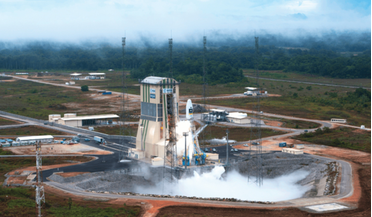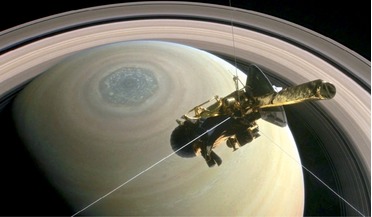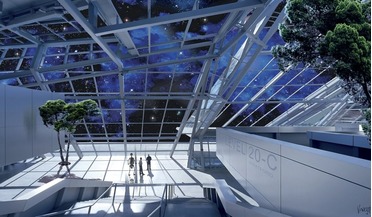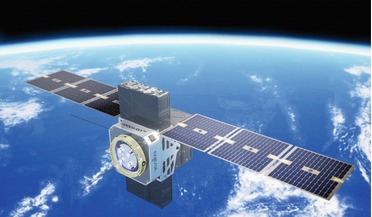 July 2016
France, Europe and Russia - two decades of space launch cooperation
July 2016
France, Europe and Russia - two decades of space launch cooperation
... and turns in the future of space launching and the evolution of the market for satellites is not easy to predict ... But the question must be taken into account for future evolutions of the European Ariane 6 and Russian Angara family launchers over...
 February 2017
Protecting our space interests
February 2017
Protecting our space interests
... population. This figure describes the results from of a large number of Monte Carlo simulations of the long-term evolution of the orbital debris population in LEO. Number of launches per year is assumed to be about constant. ‘PMD’ refers to Post...
 October 2017
Cassini observations open up Saturn’s atmosphere
October 2017
Cassini observations open up Saturn’s atmosphere
...that we saw at the start of Cassini’s mission have completely reversed If the overarching impression of Saturn’s atmosphere is slow evolution over many decades, then Saturn is still able to spawn some surprises! Once every Saturnian year, an enormous...
 November 2018
How many people does it take to colonise an exoplanet?
November 2018
How many people does it take to colonise an exoplanet?
... uncertainties on the results for any kind of complex situation and HERITAGE uses this approach to compute the evolution of a human crew aboard an interstellar ship. This allows us to explore whether a crew of a proposed size could survive for...
 June 2022
Space logistics: achieving end-to-end mobility for space
June 2022
Space logistics: achieving end-to-end mobility for space
... orbit with their own infrastructure and logistics. The evolution of the logistics will enable the emergence of a...to a new orbit more adapted for the new owner. This evolution of mobility will allow rideshare and micro launcher capabilities to be ...
 October 2024
Cinema and extraterrestrial archaeology
October 2024
Cinema and extraterrestrial archaeology
... their impacts over several temporalities. His research contributes to refining the evaluation of the spatial and temporal evolution of natural and anthropogenic hazards in sensitive areas, and to the understanding of human adaptation to these issues...